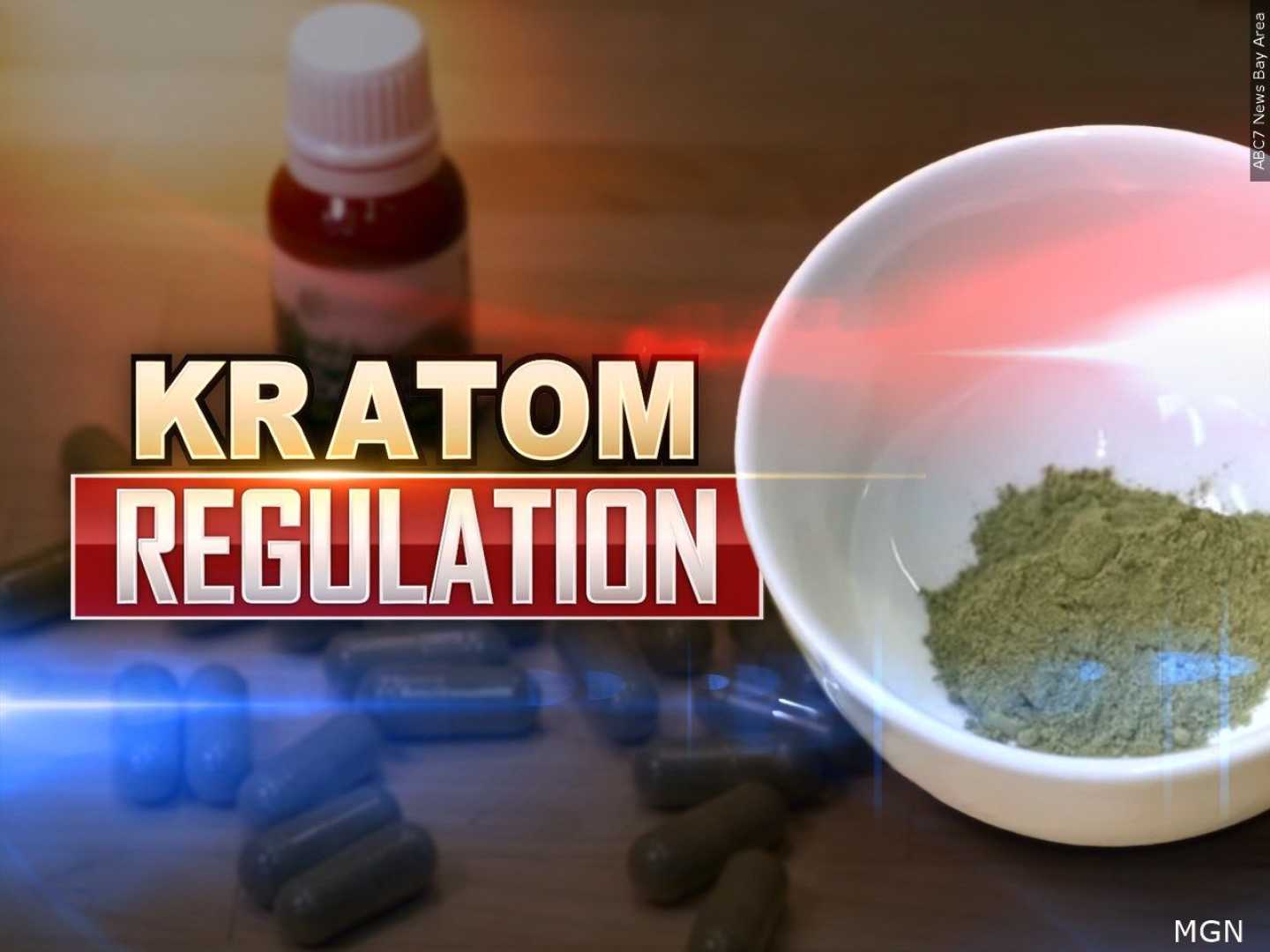Health
Federal Officials Push to Ban 7-OH, Compounding Kratom’s Regulatory Saga

WASHINGTON, D.C. — Federal health officials are moving to ban 7-hydroxymitragynine (7-OH), a potent compound present in kratom, a herbal supplement used for pain relief and managing opioid withdrawal symptoms. The U.S. Food and Drug Administration (FDA) announced last month that it considers 7-OH a serious public health risk and aims to classify it as a Schedule I controlled substance, which aligns it with drugs like heroin and LSD.
For years, state legislatures have taken initiatives to regulate kratom due to concerns about its safety and potential for abuse. While some states have imposed outright bans, others implemented regulations focusing on age limits, labeling, and lab testing, resulting in a patchwork of laws across the country. Currently, over half of the states and the District of Columbia have some form of kratom regulation.
7-OH has gained attention because it is sometimes concentrated in products sold online and at retail outlets, with federal officials warning that its potency surpasses that of morphine. This escalation of concern marks a significant shift in the approach U.S. regulators are taking toward kratom products, which has been largely unregulated at the federal level until now.
According to Christopher R. McCurdy, a professor of medicinal chemistry at the University of Florida, research is still lacking on both kratom and 7-OH’s long-term health effects. McCurdy emphasized the necessity for further study to understand the potential risks and benefits associated with these substances. “There’s much we don’t know,” he said.
Some experts believe that a strict Schedule I classification would hinder research into 7-OH, even as they agree that regulation is necessary. A 2023 study showed that approximately 1.6 million Americans aged 12 and older had used kratom within the previous year, highlighting its popularity despite the debates surrounding its safety.
The current push to regulate 7-OH follows earlier attempts to control kratom itself, which gained momentum in 2016 but faced public backlash. Reacting to growing concerns about youth exposure, federal officials are particularly worried about how kratom and 7-OH products are marketed to, and consumed by, younger individuals.
“It’s akin to having morphine available without a prescription,” McCurdy said, expressing alarm over accessibility. Recent legislation in several states has aimed to address these concerns through measures such as increased age restrictions, labeling requirements, and bans on flavored products that appeal to children.
As part of the regulatory process, proposals about 7-OH will soon be submitted to the Drug Enforcement Administration (DEA), which will evaluate the potential implications for both consumers and the kratom industry. With the FDA’s recommendation, a significant shift may be imminent in how kratom and 7-OH products are perceived and regulated, underscoring the urgent need for comprehensive health policies that adequately address emerging public health concerns.
This issue continues to evolve as stakeholders from various sectors discuss the most appropriate measures to regulate substances that straddle the line between therapeutic and dangerous.












